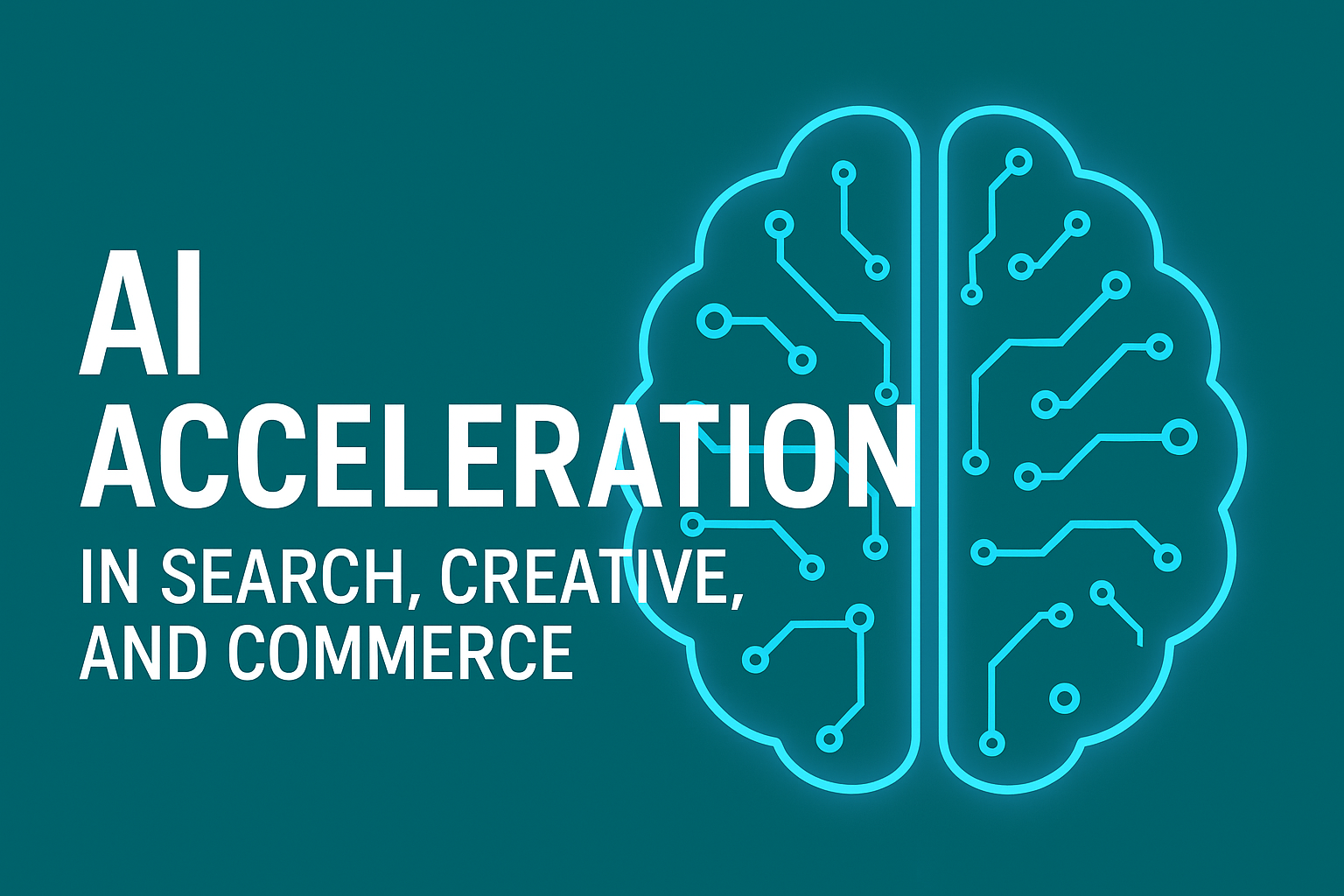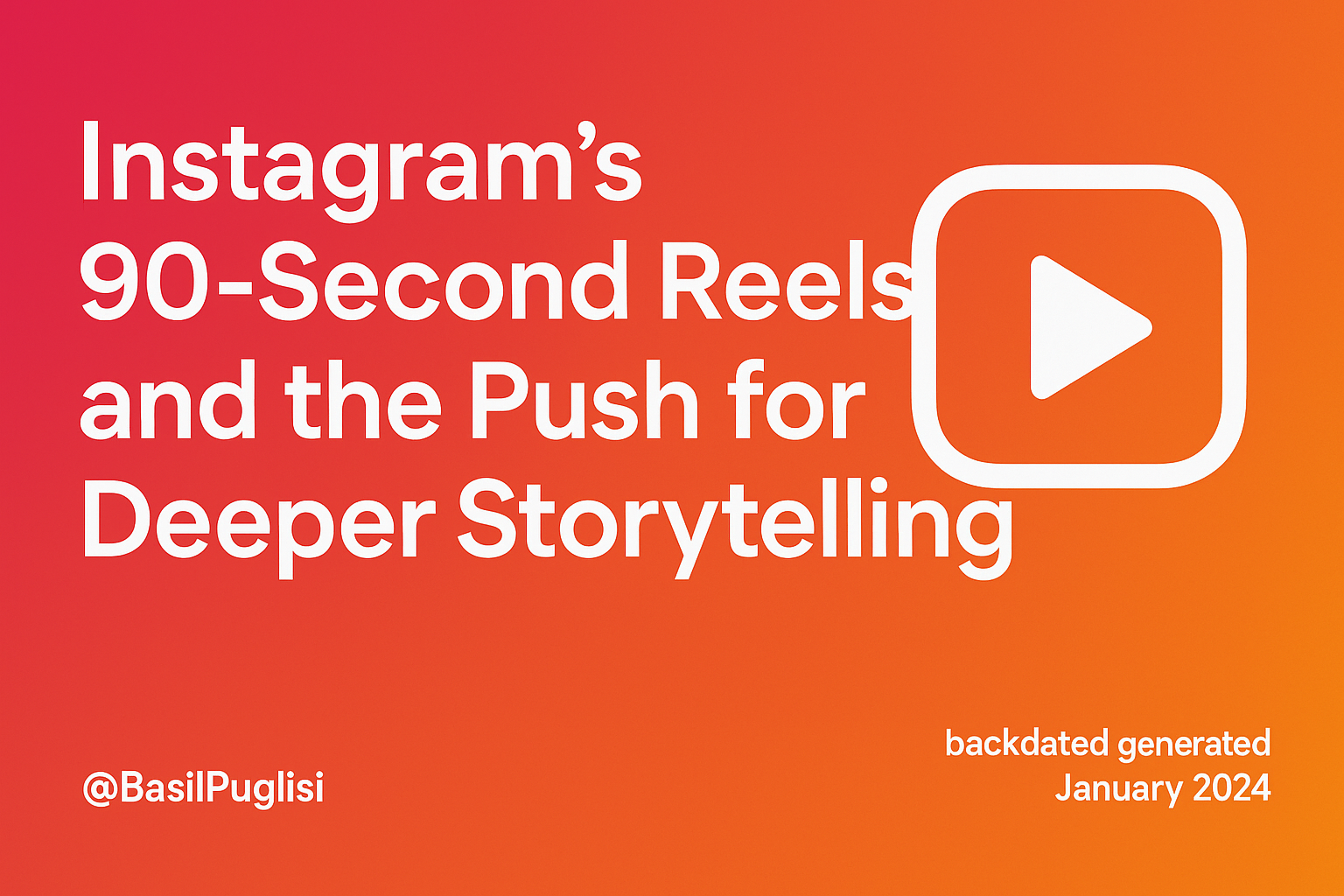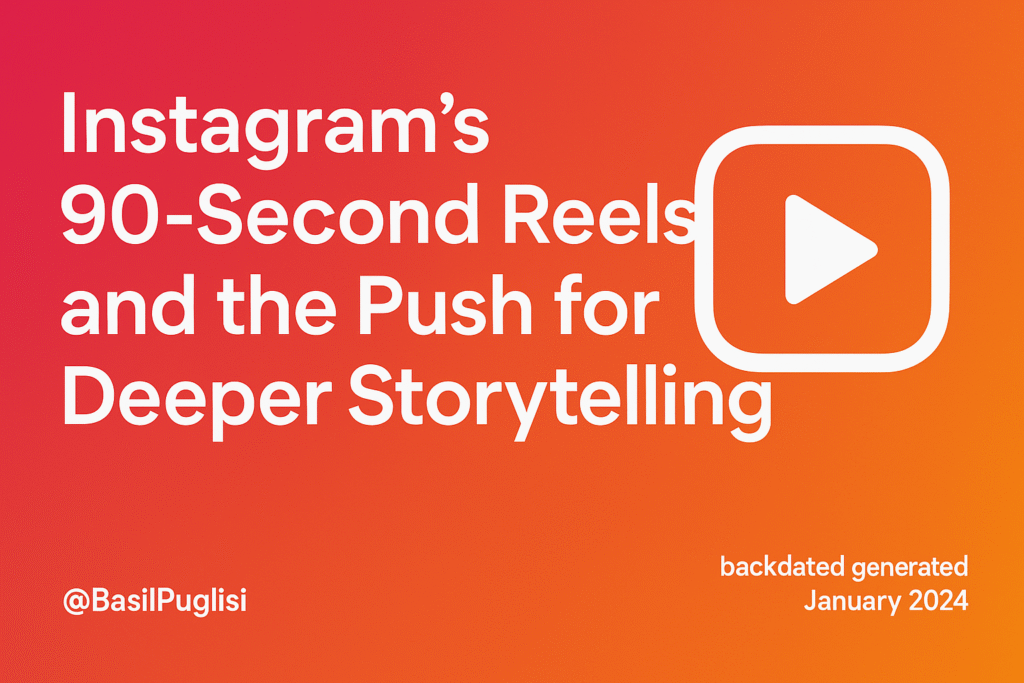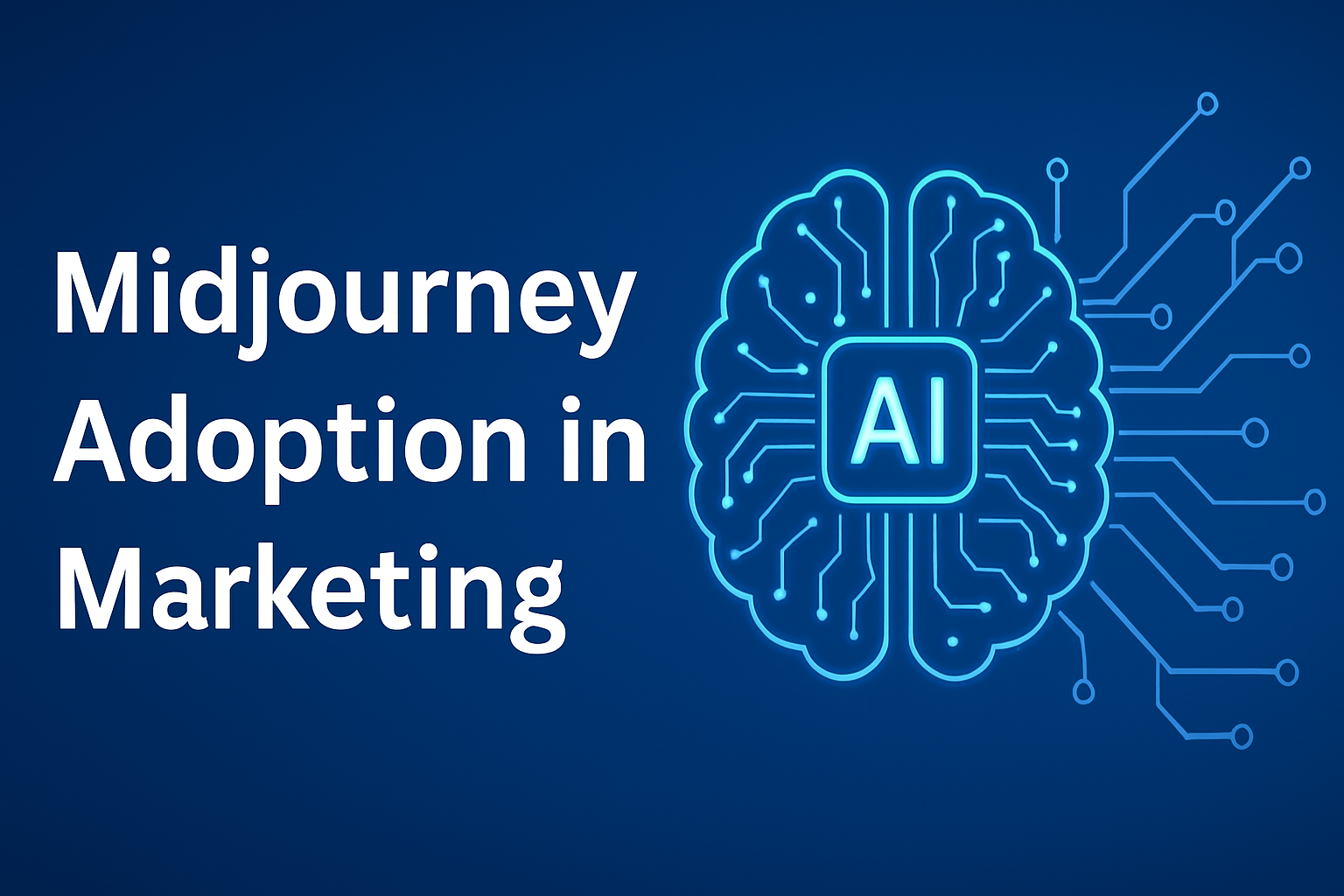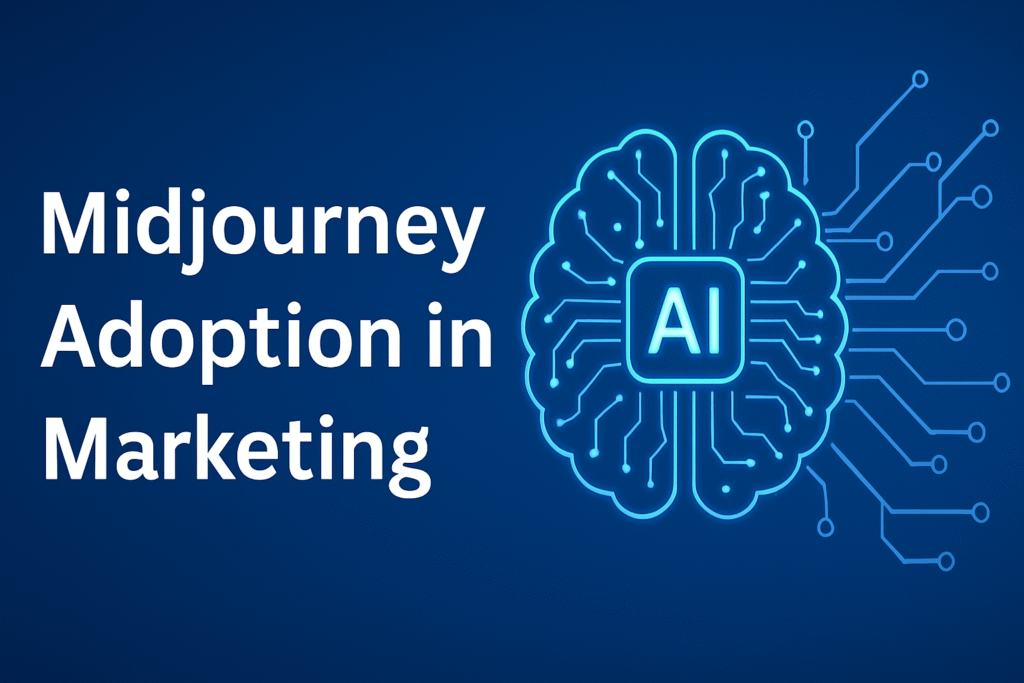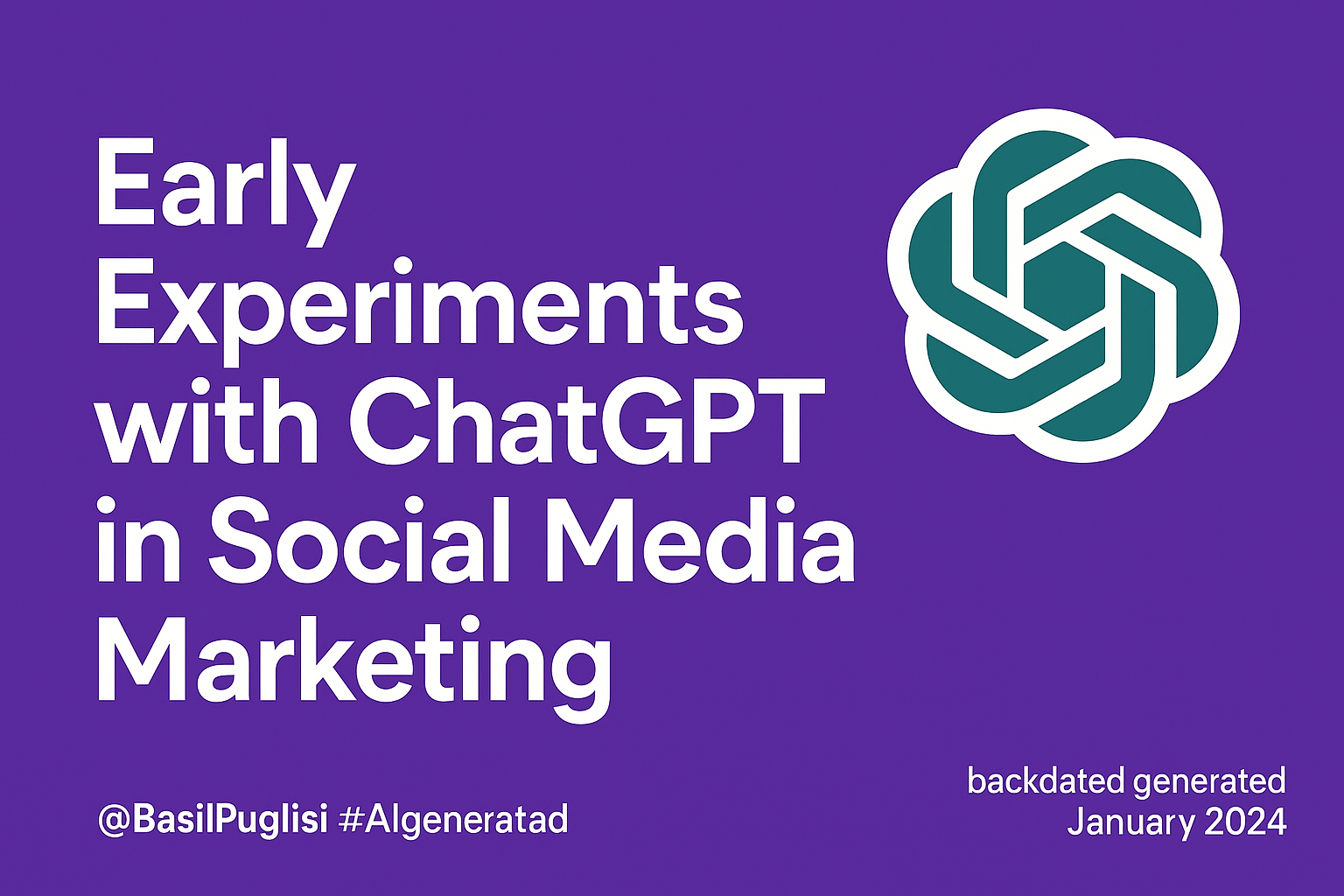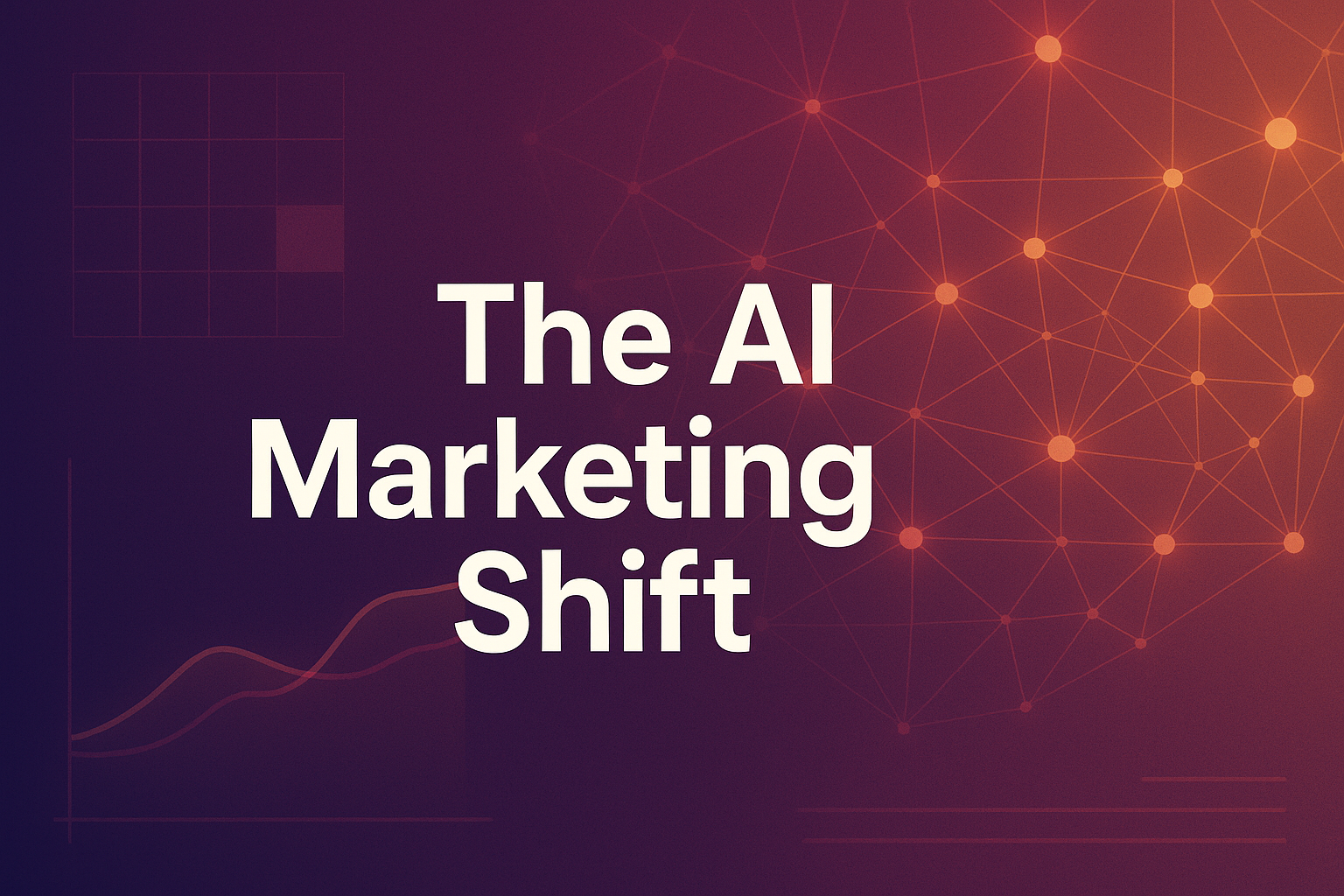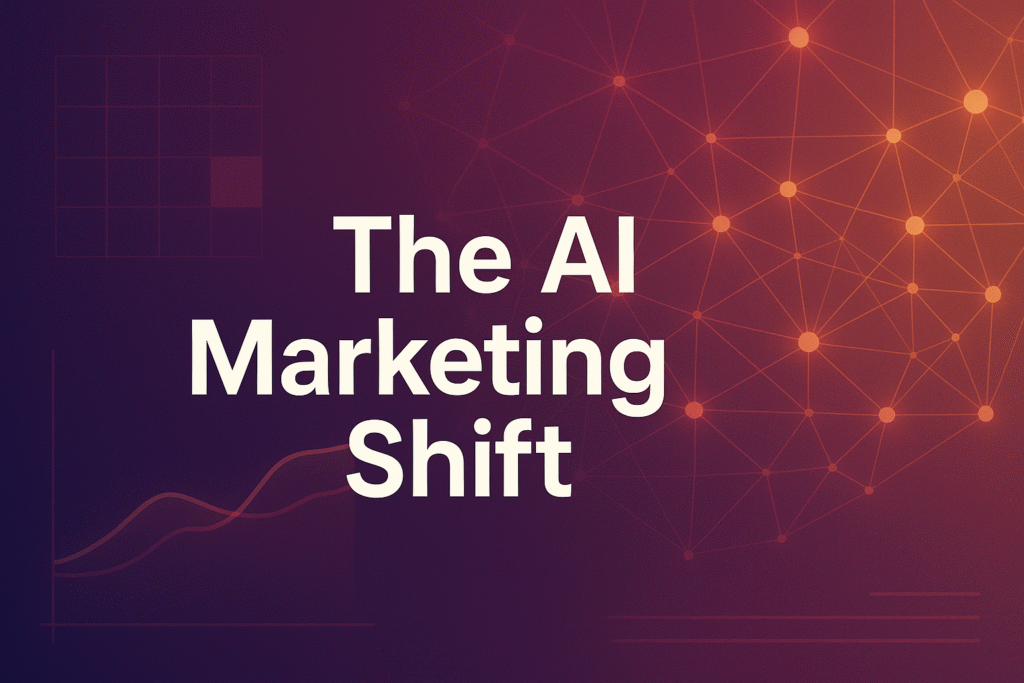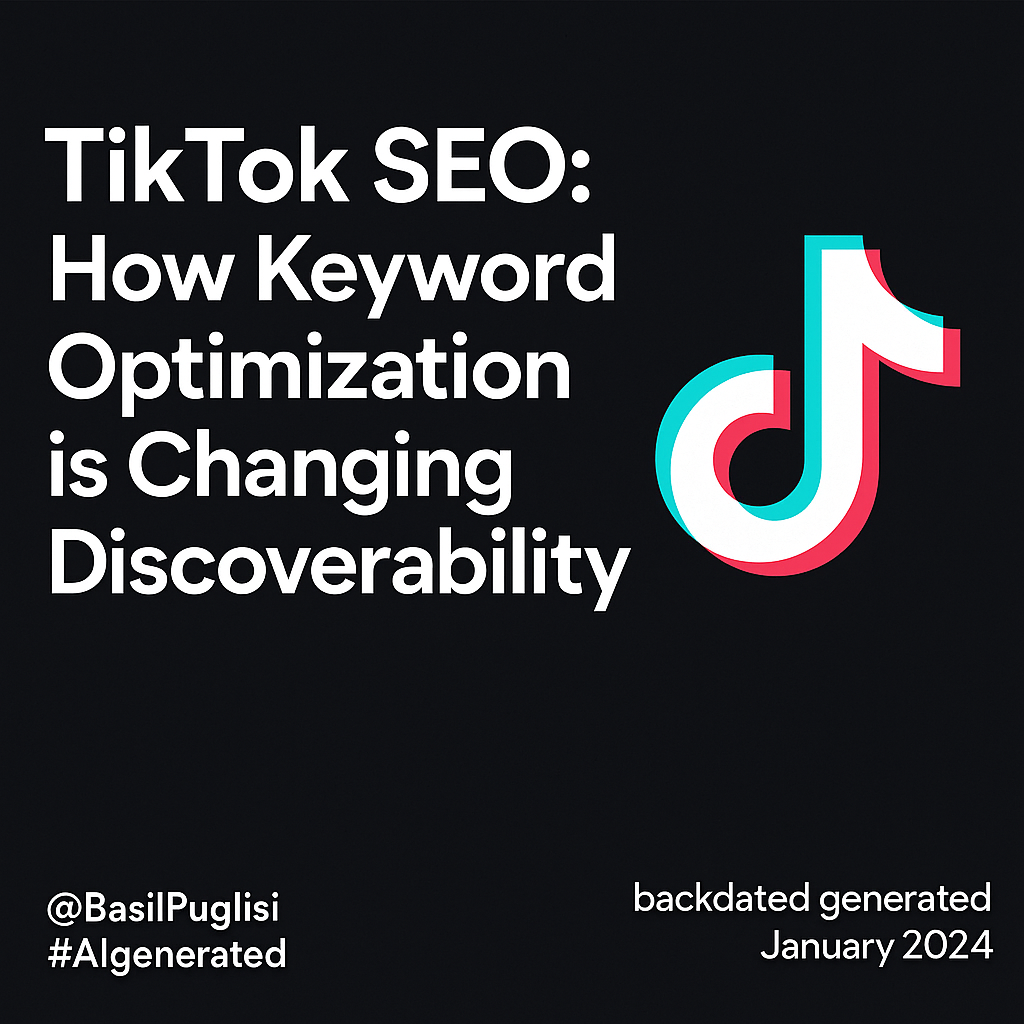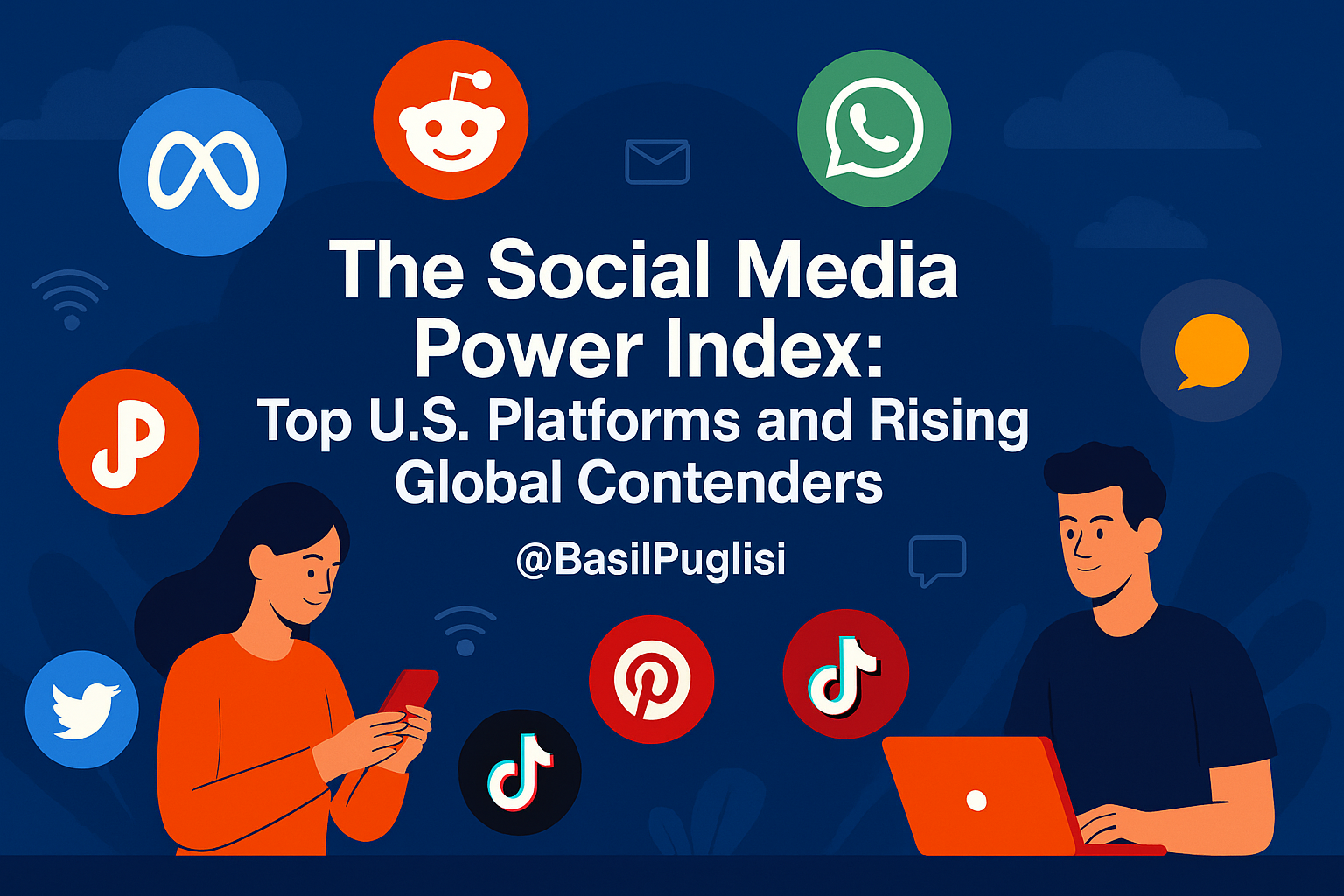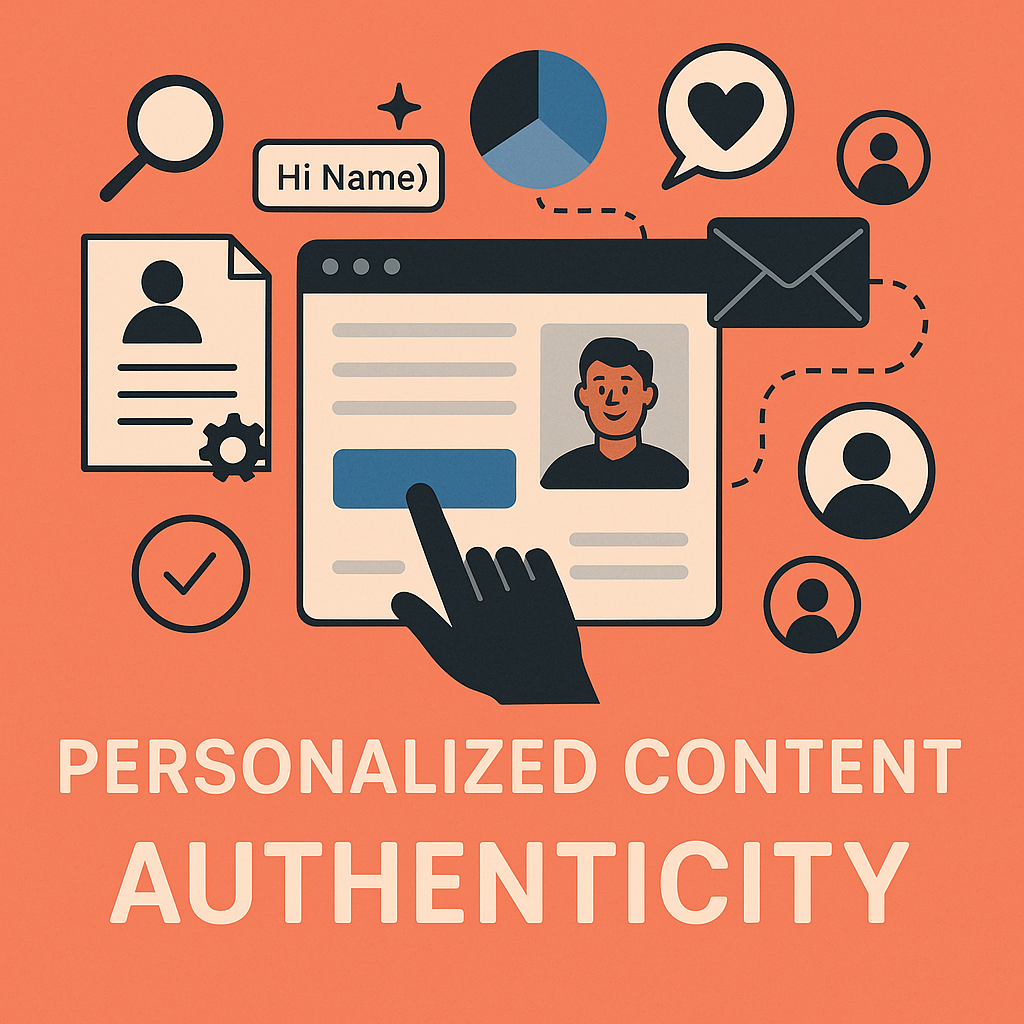LinkedIn is seeing a surge in engagement as more professionals focus on thought leadership content. Over the past month, posts that share personal insights, industry expertise, and unique perspectives have been performing better than simple company updates.
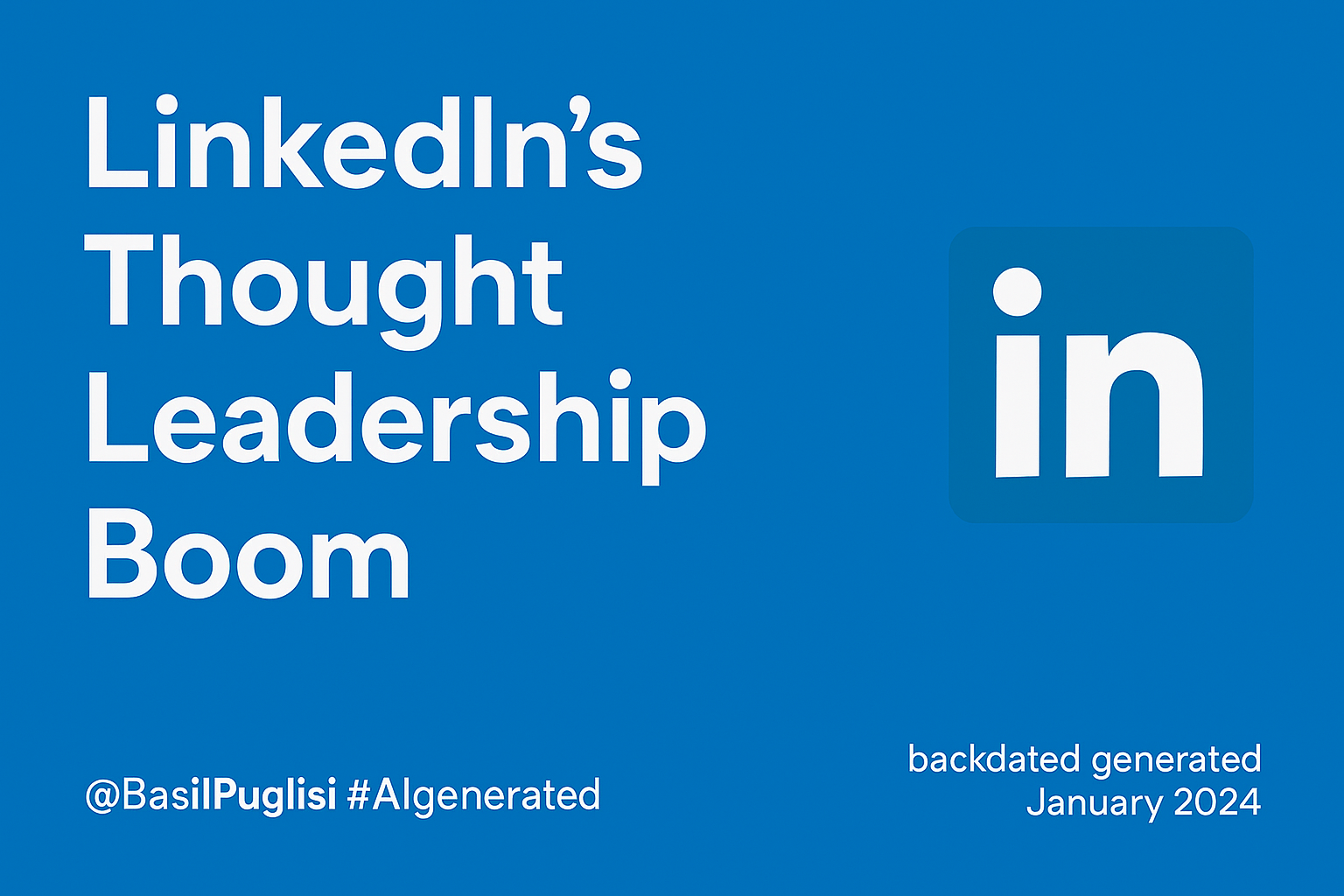
The algorithm appears to reward original commentary and in-depth discussions, especially when paired with relevant hashtags and tagged connections. Professionals in fields like marketing, tech, and finance are gaining new followers by posting consistently and participating in meaningful comment threads.
For brands, this means encouraging executives, managers, and team members to share authentic viewpoints. Company pages still play a role, but the biggest reach is coming from personal profiles that build trust and spark conversation.
